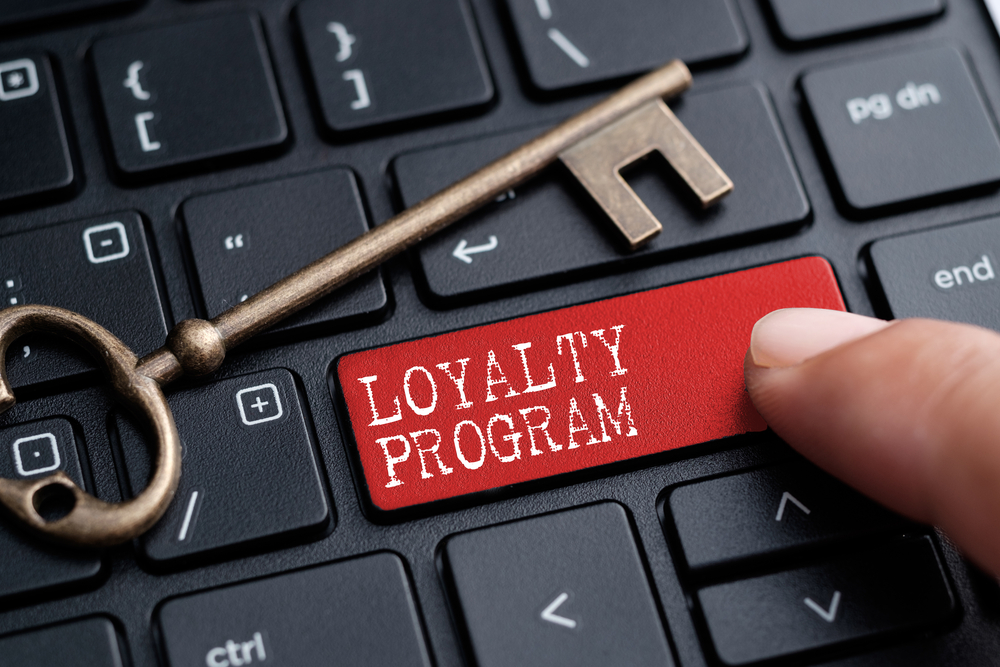Ever since the roll-out of new accounting standards, ASC 606 and IRFS 15, accounting departments have had to change the ways in which they deal with loyalty program liability. The primary shift in procedure has been that accountants must now defer revenue to cover the liability upfront, and recognize it only at the point of redemption.
The easiest way to visualize the role of an accounting department in managing loyalty program liability is to consider the following parallel: If loyalty program liability were a fire, accountants would be the firefighters tasked with putting it out. Wielding deferred revenue as a firefighter would a hose, it's the job of accountants to carefully select just how much to defer. If they defer too little, the flames of the liability will burn through the company's income. Deferring too much, however, will flood the company with “stuck” revenue.
Fortunately, there are ways for accounting departments to correctly forecast how much revenue they'll need to set aside in order to mitigate incoming liability without creating a trail of stuck revenue in their wake. Read on to discover the three things every accountant needs to know about accounting for loyalty program liability.
1. There are new standards to keep in mind

The rules regarding revenue recognition have changed. In a collaborative effort between the International Accounting Standards Board (commonly known as IASB) and the Financial Accounting Standards Board (FASB), an updated method of revenue recognition has been created that eliminates discrepancies between both organizations’ guidelines. This new, conjoined set of accounting standards is known as Accounting Standards Codification (ASC) Topic 606: Contracts with Customers, or, in its short form, ASC 606/IFRS 15 Accounting Standards.
How will these new protocols affect Accounting for loyalty programs?
In addition to replacing a variety of prior regulations, this latest standard outlines a five-part model that's widely considered to be more thorough and prescriptive than earlier statutes. ASC 606/IFRS 15 Accounting Standard addresses the following elements:
- Contract Identification
- Identification of Performance Obligations
- Determining Transaction Cost
- Allocation of Transaction Cost to Performance Obligations
- Recognition of Revenue
One of the biggest changes the new standard will introduce is the elimination of viewing contracts as singular transactions. In the context of loyalty programs, this will signify that both the upfront delivery of a good or service, as well as the fulfillment of any accompanying loyalty point redemptions will be considered distinct events for which accounting must occur.
Moving forward, accounting departments will have to consider the performance obligation as their basic unit of account. Performance obligations are typically defined as promises by a company to confer either goods, services, or a combination thereof upon a customer.
How will fragmenting the performance obligations within a contract change accounting practices? Principally, it means that companies now must carry out the following:
- Identify distinct performance obligations, and allocate revenue accordingly. Separate margins must be applied for each individual performance obligation identified.
- Pinpoint the event that corresponds to the eventual recognition of revenue for every individual performance obligation. Depending on the situation, revenue will either be recognized at the point of completion, or once a given interval of time has elapsed (such as when loyal rewards expire). Which of the options will be exercised is a function of how the precipitating service or good is transferred to the client, or the exact verbiage of the governing contract.
Equally as important as knowing which parts of a contract to recognize separately is knowing when to recognize them. As they say, timing is everything, and under the new standard, when revenue deferred for mitigating loyalty program obligations can be recognized will be more tightly controlled.
2. Accurate breakage estimates are essential

Now that companies must defer revenue to cover the costs of incoming loyalty points, being able to correctly anticipate breakage is more important than ever. How much revenue a business must defer corresponds significantly to its predicted breakage rates, so it's essential that accounting departments have a reliable model of how redemptions will unfold.
The formula below demonstrates the role of breakage in anticipating loyalty program liability:
Liability = Outstanding Points * (1 – Breakage) * Cost Per Point
Outstanding Points = Points that have been issued but not yet redeemed or expired
Breakage = Percent of outstanding points that will ultimately go unredeemed
Cost Per Point = Expected cost of each point that will eventually be redeemed
When accounting for loyalty programs, it's important to note that deferring the wrong amount of revenue can have unfortunate results, and both over- and under-estimations of how much to set aside can place a company in peril.
Companies that set aside too much revenue risk setting the stage for an outcome known as “stuck revenue.” This creates an unnecessary depression in revenue, and keeps the “stuck” funds from being applied in more effective ways.
In contrast, deferring too little revenue can lead to companies being forced to restate their income as a consequence of not having enough tucked away to cover the incoming barrage of redemptions. Income volatility is something neither companies nor shareholders want, and it's easily preventable by using reliable breakage models.
3. Actuarial opinions are useful for justifying booked liability

In much the same way that a company would hire a general contractor to oversee the construction of a new wing for their headquarters, so too should they consult with experts before proceeding with loyalty program accounting predicated upon an ongoing breakage assumption. While redemption rate modeling can be accomplished to a high degree of accuracy, doing so involves taking a constellation of massive, interwoven data sets into consideration and distilling them into a lucid picture of individual-level member behaviors. Actuaries have the expertise necessary to interpret this data and mine from it the answers your company needs in order to make breakage estimates you can trust.
Despite the informal-sounding nature of their title, actuarial opinions must be backed up by a full-scale report featuring graphs, exhibits, and texts that outline how the actuary arrived at his/her calculations. Having a nuanced, granular-level outline of member behavior crafted by actuarial experts wielding potent AI-driven analytics software is an important step towards justifying your company's booked liability to regulators and auditors.
The bottom line
The new standard will bring divergent regulations into alignment and require that companies no longer view transactions as singular contracts.
Instead, companies will be expected to defer revenue until all performance obligations have been met or enough time has passed to bring the outstanding liability to a point of expiration.
Deferring the wrong amount of revenue can lead to highly undesirable outcomes, so it's important that your company inform its deferral decisions using breakage estimates constructed using robust, analytics software that gleans future individual-level predictions from big data. An actuarial opinion is a reliable way for your company to obtain this information, and move forward with confidence in its decisions. How will your company ensure its booked loyalty is correct?





